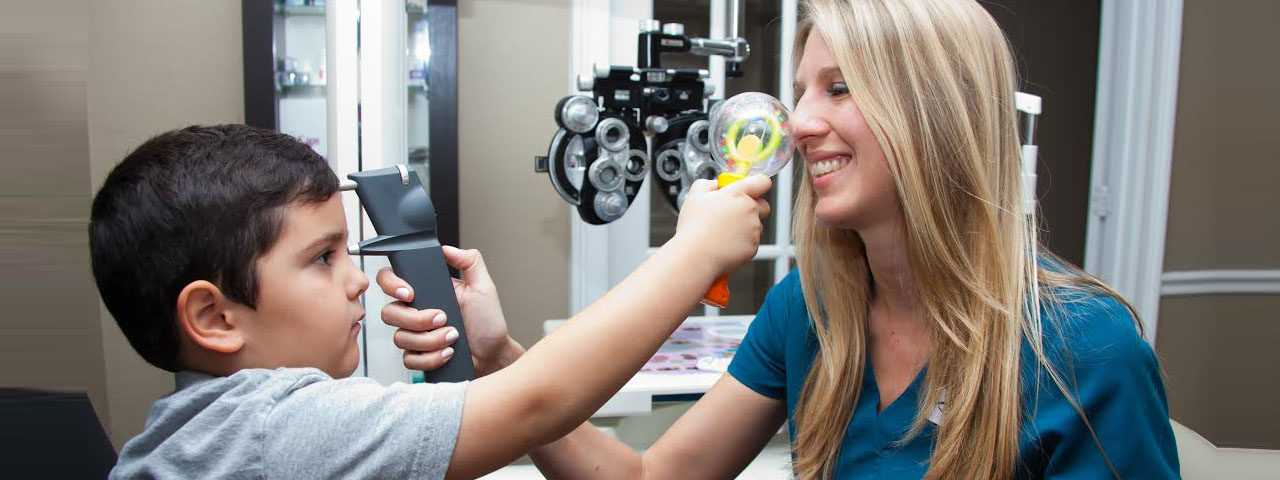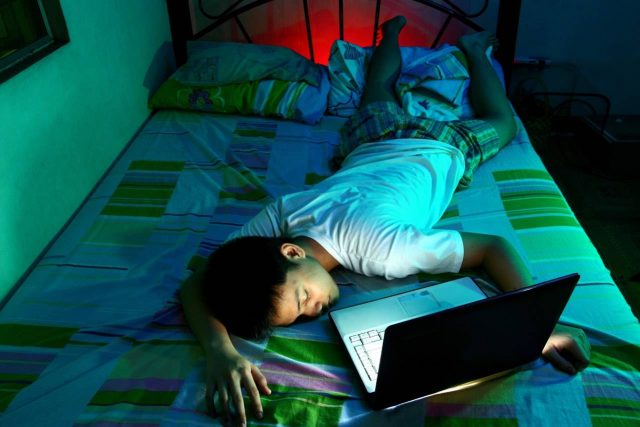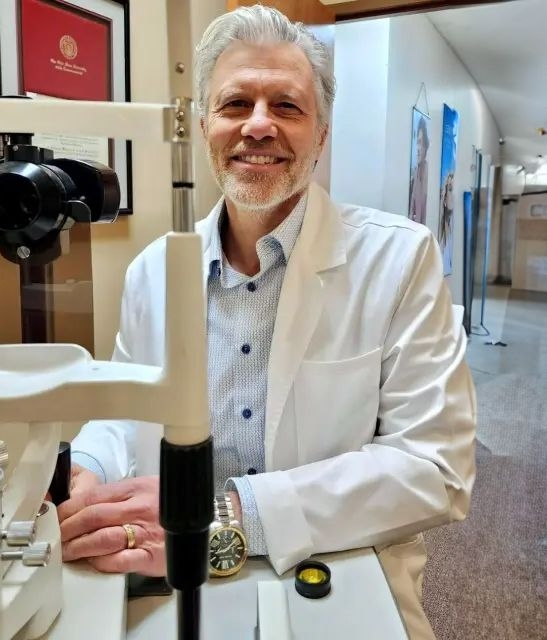Pediatric Eye Exams
We love kids... Kids love us
Children's vision is often overlooked. It is harder for children to describe their vision in a way that adults understand. Unless... You know what you are listening for.
As a child’s eyes develop, it is not uncommon for a number of problems to occur. Beyond blurred vision due to refractive error including nearsightedness (myopia) and farsightedness (hyperopia), children can develop a number of other visual and perceptual problems that are often not detected by a simple vision exam.
Difficulty in School or with Homework?
Local Vision-Related Learning Problems near you in Wilder, Kentucky
If your child is having difficulty in school or with homework. It may be their eyes...
According to experts, 80% of learning is visual, which means that if your child is having difficulty seeing clearly, his or her learning can be affected. To ensure that your children have the visual resources they need to grow and develop normally, their eyes and vision should be checked by an eye doctor at certain stages of their development.
Why is an eye exam so essential for children before they start school?

Children's Eye Exam & Eye Care
Undetected or uncorrected vision problems can cause children and teens to suffer academically, socially, athletically and personally. If your child is having trouble in school or afterschool activities there could be an underlying vision problem.
You should tell the doctor any relevant personal history of your children such as premature birth, developmental delays, family history of eye problems, eye injuries or medications the child is taking. This would also be the time to address any concerns or issues your child has that might indicate a vision problem.

Children's Vision Problems
If the eye doctor does determine that your child has a vision problem, they may discuss a number of therapeutic options such as eyeglasses or contact lenses, an eye patch, vision therapy or Ortho-k, depending on the condition and the doctor’s specialty.
Since some conditions are much easier to treat when they are caught early while the eyes are still developing, it is important to diagnose any eye and vision issues as early as possible.

With the increasing use of digital devices it is important to teach your children how to protect their eyes while they are still young.

Myopia is a common vision problem affecting children who can see well up close, but have problems seeing in the distance.

Vision Therapy is a program of progressive eye exercises, designed to treat conditions like strabismus and amblyopia.


